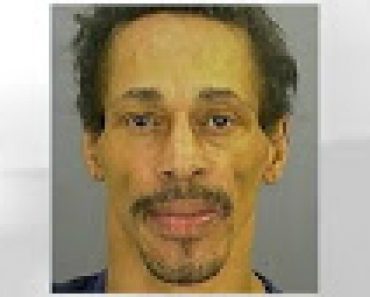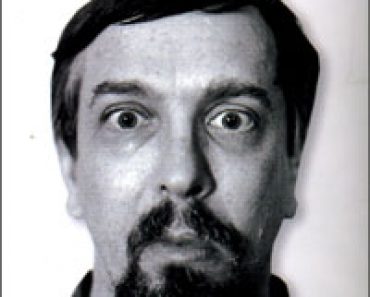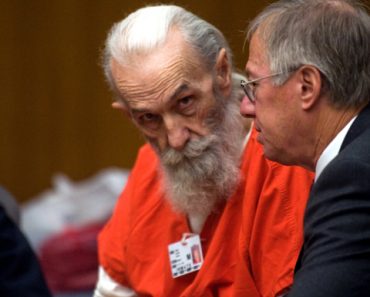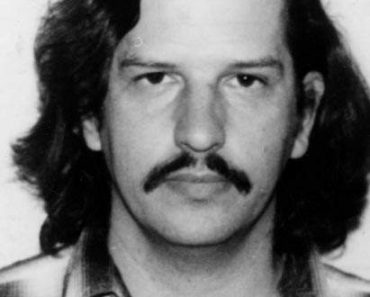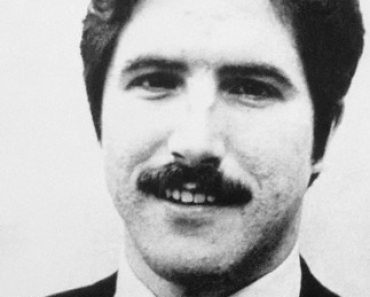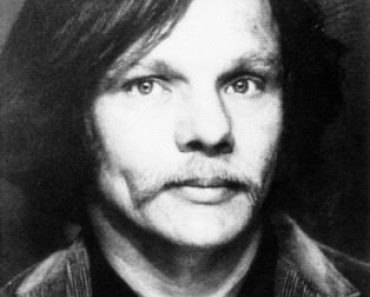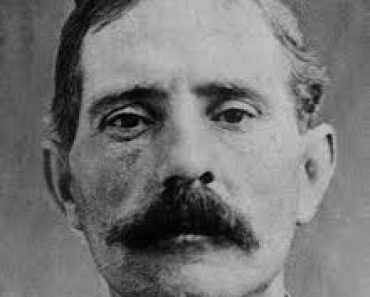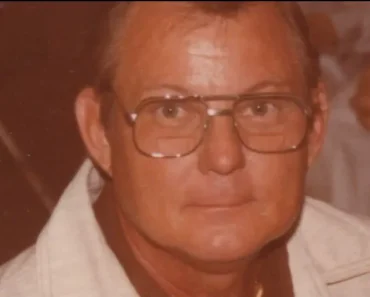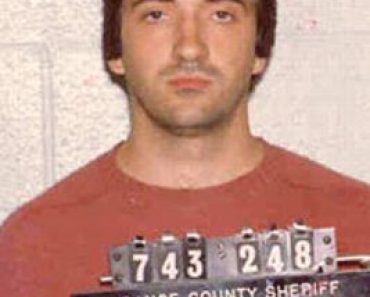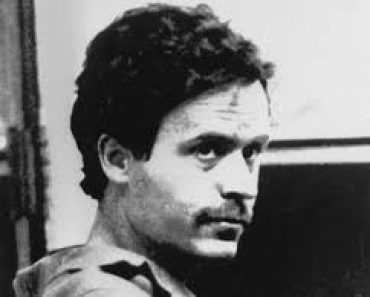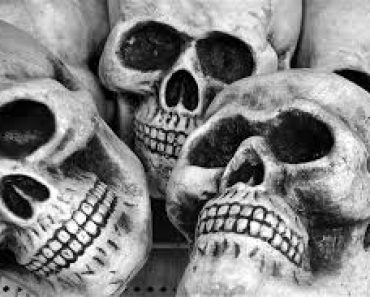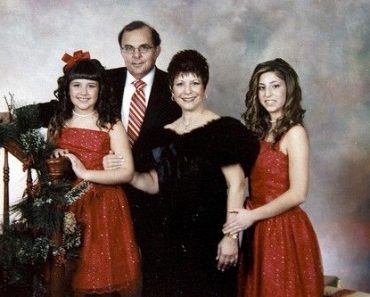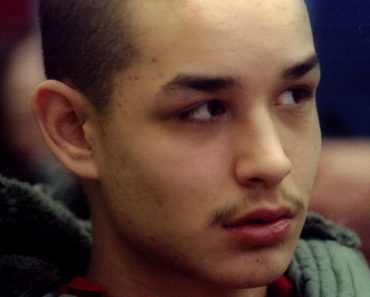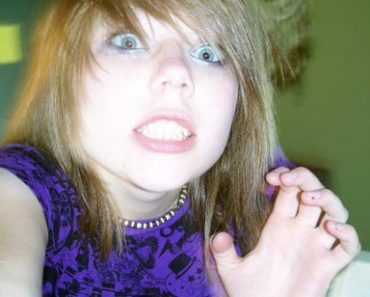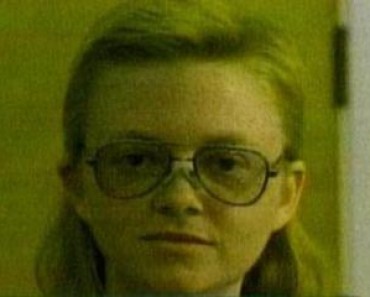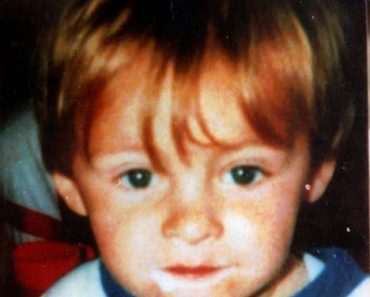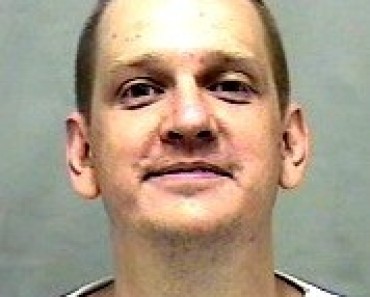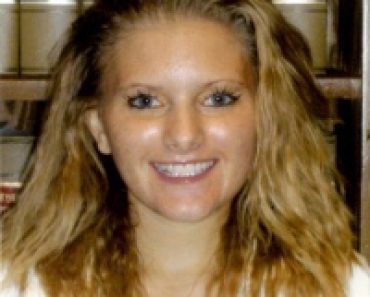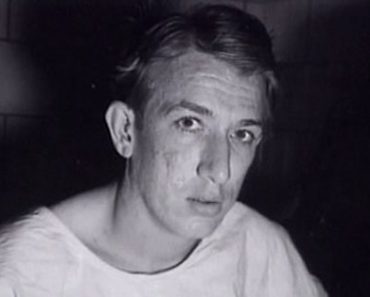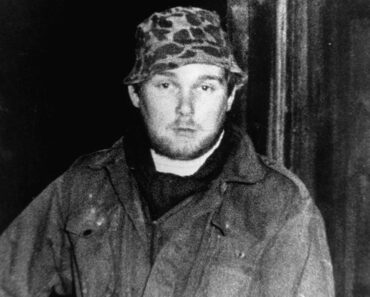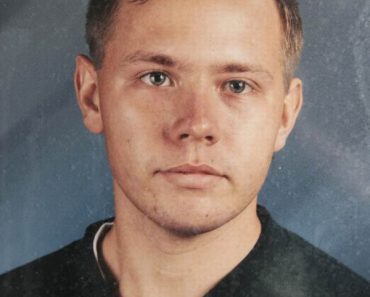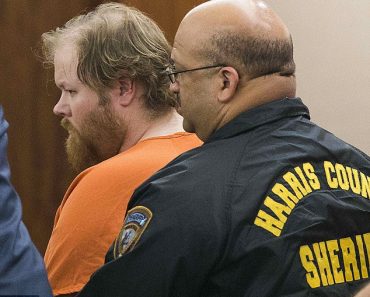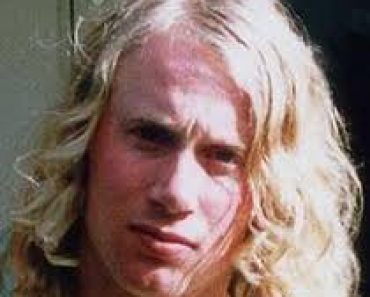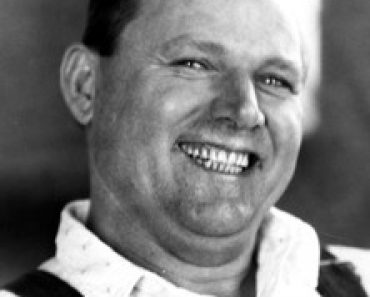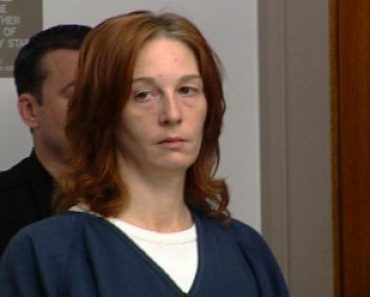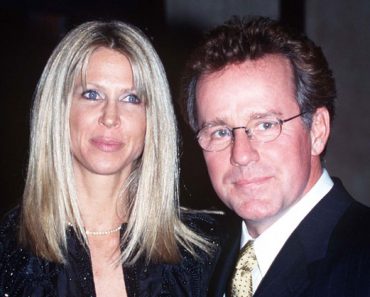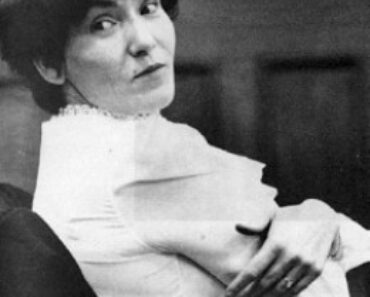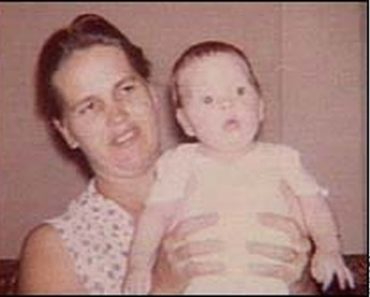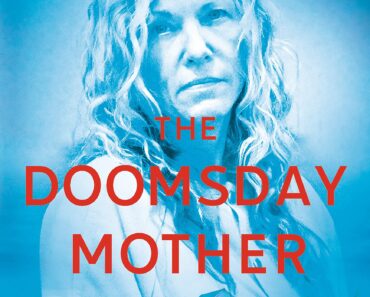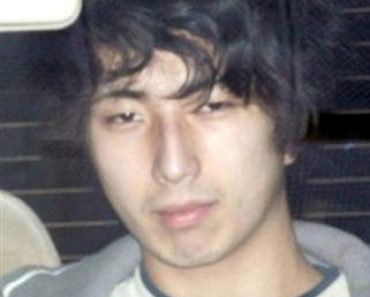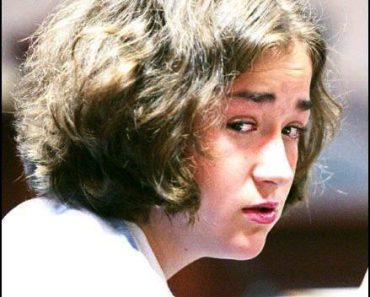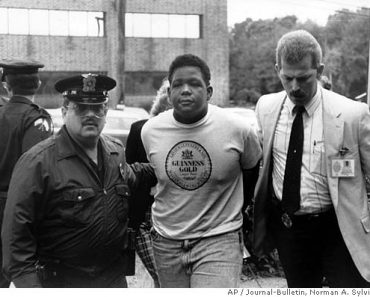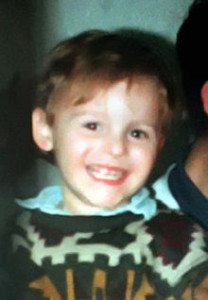
James Bulger was a two-year-old boy from Kirkby, Merseyside, England, who was abducted, tortured and murdered by two 10-year-old boys, Robert Thompson and Jon Venables.
James Bulger disappeared on February 12, 1993 from the New Strand Shopping Center, Bootle, while shopping with his mother. His mutilated body was found on a railway line in nearby Walton on February 14th. Robert Thompson and Jon Venables were charged on February 20, 1993 with the abduction and murder.
Both children were found guilty of the murder of James Bulger on November 24, 1993, making them the youngest convicted murderers in modern English history. They were sentenced to custody until they reached adulthood, (age of 18), and were released on lifelong licence (life long probation) in June 2001.
The Kidnapping
CCTV evidence, from the New Strand Shopping Center in Bootle, taken on February 12, 1993 showed Thompson and Jon Venables casually observing children, apparently selecting a target. The boys were skipping school, which they did regularly. Throughout the day, Thompson and Venables were seen stealing various items including sweets, a troll doll, some batteries and a can of blue paint, some of which were found at the murder scene. It was later revealed, by one of the boys, that initially they were planning to find a child to abduct, lead him to the busy road alongside the mall and push him into the path of oncoming traffic.
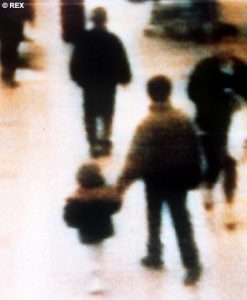
That same afternoon, two year old James Bulger went with his mother Denise to the Center. While inside a butcher’s shop at around 3:40 pm, Denise realized that her son had disappeared. James Bulger had been left at the door of the shop while she placed an order, and was spotted by Thompson and Jon Venables. They approached him and spoke to him, before taking him by the hand and leading him away. This exact moment was captured on the CCTV camera recording timestamped at 15:42.
The Walk Toward Murder
The boys took James Bulger on a 2.5-mile walk across Liverpool, leading him to the Leeds and Liverpool Canal where he was dropped on his head and suffered injuries to his face. The boys joked about pushing him into the canal. During the walk across Liverpool, the boys were seen by 38 people. James Bulger had a bump on his forehead and was crying, but most bystanders did nothing to intervene, assuming that he was a younger brother. Two people did challenge the older boys, but they claimed that James Bulger was a younger brother or that he was lost and they were taking him to the local police station. At one point, the boys took Bulger into a pet shop, from which they were ordered to leave. Eventually the boys led James to a railway line near the disused Walton & Anfield railway station, close to Walton Lane police station and Anfield Cemetery, where they violently attacked him.
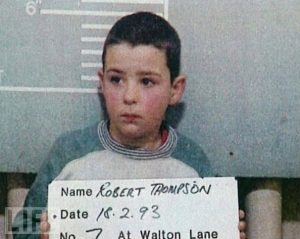
At the trial it was established that at this location, one of the boys threw blue modelling paint into Bulger’s left eye. They kicked him and hit him with bricks, stones and a 22-pound iron bar, described in court as a railway fishplate. They placed batteries in his mouth. James Bulger suffered ten skull fractures as a result of the iron bar striking his head. Alan Williams, the case’s pathologist, speculated that James Bulger suffered so many injuries that none could be isolated as the fatal blow.
A Sexual Element
Police suspected that there was a sexual element to the crime, since Bulger’s shoes, stockings, trousers and underpants had been removed. The pathologist’s report read out in court stated that Bulger’s foreskin had been manipulated. When questioned about this aspect of the attack by detectives and the child psychiatrist Eileen Vizard, Thompson and Venables were reluctant to give details.
Before they left him, the boys laid Bulger across the railway tracks and weighted his head down with rubble, in the hope that a train would hit him and make his death appear to be an accident. After Bulger’s killers left the scene, his body was cut in half by a train. Bulger’s severed body was discovered two days later, on February 14th. A forensic pathologist testified that he had died before he was struck by the train.
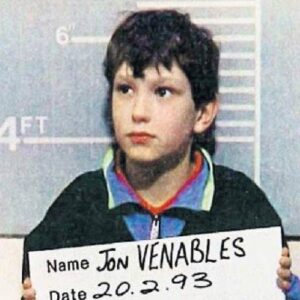
The police quickly found low-resolution video images of Bulger’s abduction from the Shopping Center by two unidentified boys. As the circumstances surrounding the death became clear, tabloid newspapers denounced the people who had seen James Bulger but had not intervened to aid Bulger as he was being taken through the city, as the “Liverpool 38”. The railway embankment upon which his body had been discovered was flooded with hundreds of bunches of flowers.
A City In Anger for James Bulger
The crime created great anger in Liverpool. The family of one boy who was detained for questioning, but subsequently released, had to flee the city. The breakthrough came when a woman, on seeing slightly enhanced images of the two boys on national television, recognized Jon Venables, whom she knew had played truant with Thompson that day. She contacted police and the boys were arrested. The fact that the boys were so young came as a shock to investigating officers. Early press reports and police statements had referred to James Bulger being seen with “two youths” (suggesting that the killers were teenagers), the ages of the boys being difficult to ascertain from the images captured by CCTV.
Forensic tests also confirmed that both boys had the same blue paint on their clothing as found on Bulger’s body. Both had blood on their shoes; blood on Thompson’s shoe was matched to Bulger through DNA tests. The boys were charged with Bulger’s murder on February 20, 1993, and appeared at South Sefton Youth Court on February 22, 1993, when they were remanded in custody to await trial.
The Legal Proceedings
In the aftermath of their arrest, and throughout the media accounts of their trial, the boys were referred to as ‘Child A’ (Thompson) and ‘Child B’ (Jon Venables). At the close of the trial, the judge ruled their names should be released (because of the nature of the murder and the public reaction), and they were identified along with lengthy descriptions of their lives and backgrounds. Public shock was compounded by the release, after the trial, of mug shots taken during questioning by police.
Five hundred protesters gathered at South Sefton Magistrates’ Court during the boys’ initial court appearances. The parents of the accused were moved to different parts of the country and assumed new identities following death threats from vigilantes.
An Adult Trial For Children
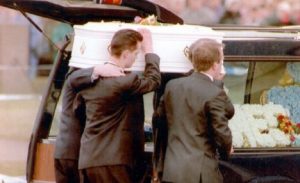
The full trial opened at Preston Crown Court on November 1, 1993, conducted as an adult trial with the accused in the dock away from their parents, and the judge and court officials in legal regalia. The boys denied the charges of murder, abduction and attempted abduction brought against them. The attempted abduction charge related to an incident at the New Strand Shopping Center earlier on February 12, 1993, the day of Bulger’s death. Thompson and Jon Venables had attempted to lead away another two-year-old boy, but had been prevented by the boy’s mother. Each boy sat in view of the court on raised chairs (so they could see out of the dock designed for adults) accompanied by two social workers. Although they were separated from their parents, they were within touching distance when their families attended the trial. News stories reported the demeanor of the defendants. These aspects were later criticized by the European Court of Human Rights, which ruled in 1999 that they had not received a fair trial by being tried in public in an adult court.
James Bulger
At the trial, the lead prosecution counsel Richard Henriques QC successfully rebutted the principle of doli incapax, which presumes that young children cannot be held legally responsible for their actions. The child psychiatrist Dr. Eileen Vizard, who interviewed Thompson before the trial, was asked in court whether he would know the difference between right and wrong, that it was wrong to take a young child away from its mother, and that it was wrong to cause injury to a child. Vizard replied “If the issue is on the balance of probabilities, I think I can answer with certainty”. Vizard also said that Thompson was suffering from post traumatic stress disorder after the attack on Bulger.
The Judgement
Dr. Susan Bailey, the Home Office forensic psychiatrist who interviewed Jon Venables, said unequivocally that he knew the difference between right and wrong. Thompson and Venables did not speak during the trial, and the case against them was based to a large extent on the more than 20 hours of tape-recorded police interviews with the boys, which were played back in court. The two boys, by then aged 11, were found guilty of Bulger’s murder at Preston Crown Court on November 24, 1993, becoming the youngest convicted killers of the 20th century. The judge Mr. Justice Morland told Thompson and Jon Venables that they had committed a crime of “unparalleled evil and barbarity… In my judgment, your conduct was both cunning and very wicked.”
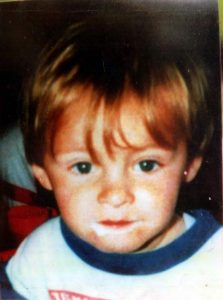
The judge sentenced them to be detained at Her Majesty’s pleasure, with a recommendation that they should be kept in custody for “very, very many years to come”, recommending a minimum term of eight years. Shortly after the trial, Lord Taylor of Gosforth, the Lord Chief Justice, ordered that the two boys should serve a minimum of ten years, which would have made them eligible for release in February 2003 at the age of twenty.
The People Speak for James Bulger
The editors of The Sun newspaper handed a petition bearing nearly 280,000 signatures to Home Secretary Michael Howard, in a bid to increase the time spent by both boys in custody. This campaign was successful, and in July 1994 Howard announced that the boys would be kept in custody for a minimum of fifteen years, meaning that they would not be considered for release until February 2008, by which time they would be twenty-five years of age.
Lord Donaldson criticized Howard’s intervention, describing the increased tariff as “institutionalized vengeance … [by] a politician playing to the gallery”. The increased minimum term was overturned in 1997 by the House of Lords, who ruled that it was “unlawful” for the Home Secretary to decide on minimum sentences for offenders aged under 18.
The High Court and European Court of Human Rights have since ruled that, though the parliament may set minimum and maximum terms for individual categories of crime, it is the responsibility of the trial judge, with the benefit of all the evidence and argument from both prosecution and defense counsel, to determine the minimum term in individual criminal cases.
Appeal and Release of the Killers of James Bulger
In 1999, lawyers for Thompson and Jon Venables appealed to the European Court of Human Rights that the boys’ trial had not been impartial, since they were too young to follow proceedings and understand an adult court. The European Court dismissed their claim that the trial was inhuman and degrading treatment, but upheld their claim they were denied a fair hearing by the nature of the court proceedings.
The European Court also held that Michael Howard’s intervention had led to a “highly charged atmosphere”, which resulted in an unfair judgment. On March 15, 1999, the court in Strasbourg ruled by 14 votes to 5 that there had been a violation of Article 6 of the European Convention on Human Rights regarding the fairness of the trial of Thompson and Venables, stating: “The public trial process in an adult court must be regarded in the case of an 11-year-old child as a severely intimidating procedure”.
In September 1999, Bulger’s parents applied to the European Court of Human Rights, but failed to persuade the court that a victim of a crime has the right to be involved in determining the sentence of the perpetrator.
Penalties Reduced
The European Court case led to the new Lord Chief Justice, Lord Woolf, reviewing the minimum sentence. In October 2000, he recommended the tariff be reduced from ten to eight years, adding that young offenders’ institutions were a “corrosive atmosphere” for the juveniles.
In June 2001, after a six month review, the parole board ruled the boys were no longer a threat to public safety and could be released as their minimum tariff had expired in the February of that year. The Home Secretary David Blunkett approved the decision, and they were released a few weeks later on a life licence after serving eight years. They were given new identities and moved to secret locations under a “witness protection”-style action.
The terms of their release include the following: They are not allowed to contact each other or Bulger’s family. They are prohibited from visiting the Merseyside region. Curfews may be imposed on them and they must report to probation officers. Breach of those rules would make them liable to be returned to prison. If they were deemed to be a risk to the public, they would be returned to prison.
New Identities for the Killers of James Bulger
An injunction was imposed on the news media after the trial, preventing the publication of details about the boys. The injunction was kept in force following their release on parole, so their new identities and locations could not be published. David Blunkett stated in 2001: “The injunction was granted because there was a real and strong possibility that their lives would be at risk if their identities became known.
The Guardian revealed that both boys had passed A-levels during their sentences. The paper also told how the Bulger family’s lawyers had consulted psychiatric experts in order to present the parole panel with a report which suggested that Thompson is an un-diagnosed psychopath, citing his lack of remorse during his trial and arrest. The report was ultimately dismissed. However, his lack of remorse at the time, in stark contrast to Jon Venables, led to considerable scrutiny from the parole panel.
Upon release, both Thompson and Venables had lost all trace of their Liverpool accents. In a psychiatric report prepared in 2000 prior to Venables’ release, he was described as posing a “trivial” risk to the public and unlikely to re-offend. The chances of his successful rehabilitation were described as “very high”.
2010 Imprisonment of Jon Venables
On March 2, 2010, the Ministry of Justice revealed that Jon Venables had been returned to prison for an unspecified violation of the terms of his licence of release. Justice Secretary Jack Straw stated that Venables was returned to prison because of “extremely serious allegations,” and stated that he was “unable to give further details of the reasons for Jon Venables’ return to custody, because it was not in the public interest to do so.”
On 21 June 2010, Jon Venables was charged with possession and distribution of indecent images of children. It was alleged that he downloaded 57 indecent images of children over a twelve month period to February 2010, and allowed other people to access the files through a peer-to-peer network. Venables faced two charges under the Protection of Children Act 1978. On 23 July 2010, Venables appeared at a court hearing at the Old Bailey via a video link, visible only to the judge hearing the case. He pleaded guilty to charges of downloading and distributing child pornography, and was given a sentence of two years’ imprisonment.
At the court hearing, it emerged that Jon Venables had posed in online chat rooms as 35-year-old Dawn “Dawnie” Smith, a married woman from Liverpool who boasted about abusing her eight-year-old daughter, in the hope of obtaining further child pornography. Venables had contacted his probation officer in February 2010, fearing that his new official identity had been compromised. When the officer arrived at his home, Jon Venables was attempting to remove the hard drive of his computer with a knife and a tin opener. The officer’s suspicions were aroused, and the computer was taken away for examination, leading to the discovery of the child pornography, which included children as young as two being raped by adults.
His Identity Could Not Be Revealed
The judge ruled that Venables’ new identity could not be revealed, but the media was allowed to report that he had been living in Cheshire at the time of his arrest. The High Court also heard that Jon Venables had been arrested on suspicion of affray in September 2008, following a drunken street fight with another man. Later the same year, he was cautioned for possession of cocaine.
In November 2010, a review of the National Probation Service handling of the case by Sir David Omand found that probation officers could not have prevented Venables from downloading child pornography. Harry Fletcher, assistant general secretary of the National Association of Probation Officers, commented that only 24-hour surveillance would have prevented Jon Venables from downloading the material.
It’s reported that Robert Thompson (who at some point came out as gay) has remained clear of criminal activities and is living quietly in a long term relationship with a partner who knows full well who he is. (His privacy remains protected.)
RELATED: TRISTAN VAN DER VLIS – NETHERLANDS MASS MURDER – THE DEADLIEST SINCE 2009
source: wikipedia.org|
This site contains affiliate links. We may, at no cost to you, receive a commission for purchases made through these links


